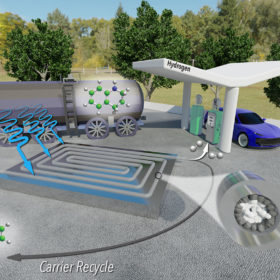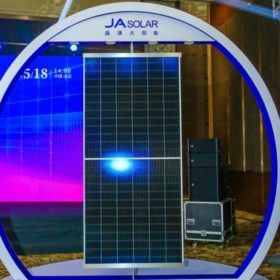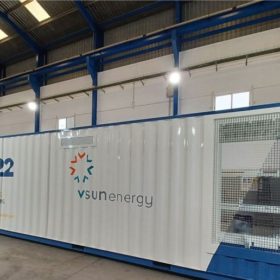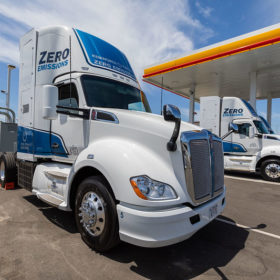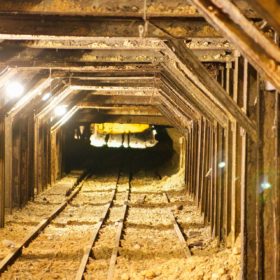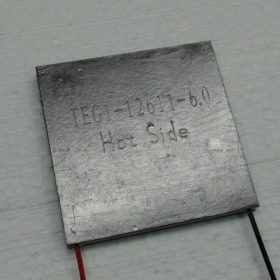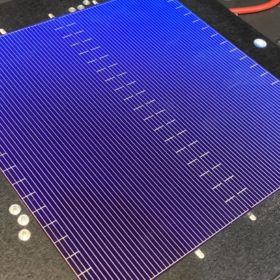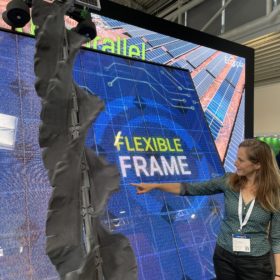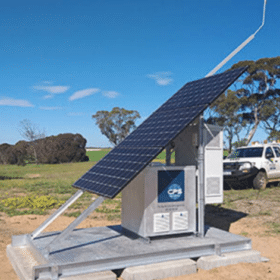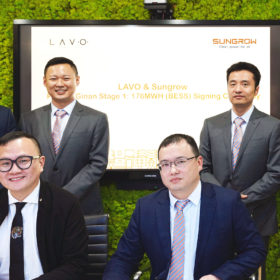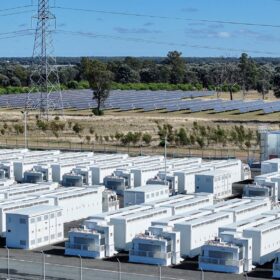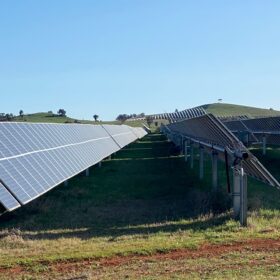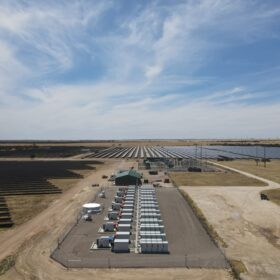Novel tech for extracting hydrogen gas from liquid carriers
North Carolina State University (NCSU) has developed an energy-efficient strategy for room-temperature hydrogen release from liquid hydrogen carriers, which uses less rhodium. Elsewhere in the world, Airbus launched its Zero Emission Development Centre in the UK, Toshiba ESS teamed up with Fusion Fuel to target Australian and European markets, and Corfo signed agreements to finance three renewable hydrogen projects with GNL Quintero, iCAP, and Air Liquide in Chile.
JA Solar introduces n-type solar panel with 22.4% efficiency
JA Solar said the smallest solar panel in its new n-type product line has a power output of 435 W and a power conversion efficiency of 22.3%. The largest module in the series has an efficiency rating of 22.4% and 625 W of nominal power. Their temperature coefficient is -0.30% per degree Celsius.
VSUN strikes deal to explore redox flow battery technology
Western Australian energy storage company VSUN Energy has inked a deal with aspiring renewables developer North Harbour Clean Energy which will see the two companies collaborate on the development and installation of vanadium redox flow battery projects and vanadium electrolyte supply.
China dominates transport fuel-cell patents
The World Intellectual Property Organisation says China accounted for 69% of the patents filed for transport-related fuel-cell tech in 2020, with road transport significantly dominating applications.
Mine shaft gravity storage startup completes capital raise as it preps for demonstration
Green Gravity, a startup proposing to use old mine shafts for gravitational energy storage, has raised $1.4 million in its first formal capital raise. The company, headed up by former BHP executive Mark Swinnerton, is now finalising its concept engineering in preparation for its demonstration plant. “I think we’re going to get the ‘and’ here,” Swinnerton told pv magazine Australia, referring to the technology’s potential to provide low cost firming (and more) by using yesterday’s infrastructure to solve today’s problem.
Upcycling silicon waste from end-of-life solar panels into thermoelectrics
Researchers in Singapore have developed a new technique in which polycrystalline silicon is pulverised into powder and pelletised into ingots. The process relies on spark plasma sintering to dope the silicon with germanium and phosphorus.
Gallium doping and solar cell degradation
German scientists have conducted a series of experiments on gallium-doped silicon solar cells to understand the causes of degradation in PV cells and modules treated with gallium rather than boron. They confirmed that the performance losses are caused by a bulk defect in the material, and found that the right combination of light and temperature can “heal” earlier damage and even lead to small improvements in overall cell efficiency.
Have your say on the future of automation in solar O&M
Cost efficiency while maximizing power output is the name of the game in solar project development and asset management. And the automation of the provision of utility scale solar operations and maintenance (O&M) is fast becoming one of the most compelling opportunities. Help shape the future of automation in solar O&M by completing this first-of-its kind survey.
Standalone power system to be allowed in the NEM from August
The Australian Energy Regulator has begun consultations to allow distributor-led standalone power systems (SAPS) to become part of the national electricity system. Proving highly successful in Western Australia, these SAPS could soon be properly rolled out in the east.
Sungrow’s new battery to be deployed in 16 mid-scale Victorian solar farms from Lavo
Chinese inverter brand Sungrow has signed a 79 MW inverter and 176 MWh battery energy storage contract with Sydney-based hydrogen battery company Lavo. The contract will see Sungrow add its storage solution to 16 mid-scale solar farms in Victoria.
